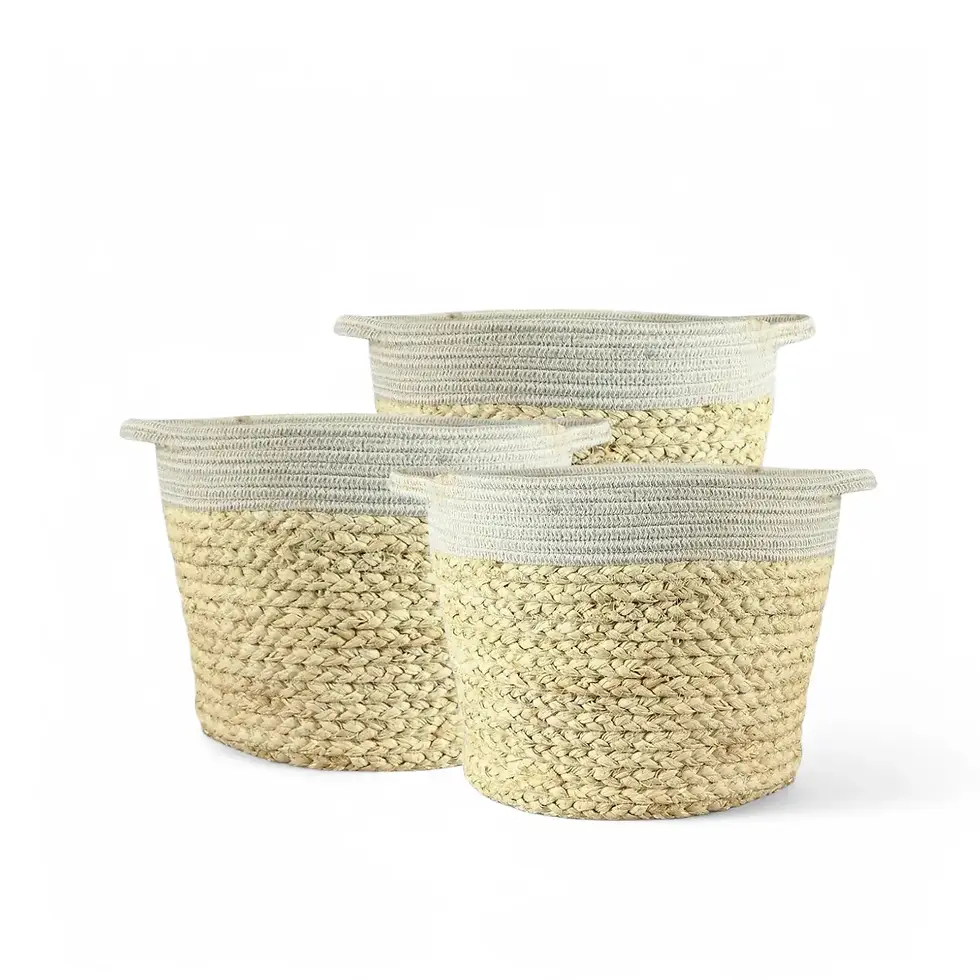Alocasia 'Polly' - Unique Hybrid with Striking Foliage and Care Guide
Alocasia ‘Polly’ is a compact hybrid with dramatic, high-contrast foliage that stands out in any indoor plant collection. Its deep green, arrowhead-shaped leaves have a glossy sheen, sharply defined white venation, and elegant scalloped edges, giving it a bold, architectural presence. Despite its tropical origins, it adapts well to indoor conditions, making it a popular choice for houseplant enthusiasts.
Key Features and Benefits of Alocasia 'Polly'
- Striking Foliage: Glossy, dark green leaves with bold white venation.
- Compact Growth: Reaches 30-60 cm in height, ideal for indoor spaces.
- Polyploid Mutation: Enhanced growth, thicker leaves, and increased vigor.
Alocasia 'Polly' - Hybrid Background and Parentage
Alocasia ‘Polly’ is a hybrid of Alocasia sanderiana and Alocasia longiloba ‘Watsoniana’, developed by William Rotolante at Silver Krome Gardens. It combines the striking venation of A. sanderiana with the elongated leaf shape of A. longiloba.
Alocasia 'Polly' Care Guide
- Light: Bright, indirect light preferred. Avoid direct sunlight.
- Watering: Keep soil moist but not soggy. Water when the top 2 cm dries.
- Humidity: Needs 60%+ humidity. Use a humidifier if necessary.
- Temperature: Thrives at 18-26°C. Protect from drafts and temperature fluctuations.
- Soil: Well-draining mix with coco coir, perlite, and orchid bark.
- Repotting: Every 1-2 years or when root-bound. Use terracotta for moisture control.
- Fertilizing: Monthly with diluted, balanced liquid fertilizer.
- Propagation: Best via division. Ensure each section has healthy roots.
- Hydroponics: Can adapt to semi-hydroponic setups.
- Pruning: Trim damaged leaves wipe dust for better photosynthesis.
- Placement: Keep in bright, humid areas away from direct heat sources.
Alocasia 'Polly' - Common Issues and Solutions
- Pests: Treat spider mites, thrips, and mealybugs with insecticidal soap , neem oil, or use beneficial insects.
- Root Rot: Prevent by ensuring good drainage and avoiding overwatering.
- Yellow Leaves: Caused by overwatering or inconsistent moisture.
- Browning Edges: Due to low humidity or tap water minerals.
- Drooping Leaves: Indicates underwatering, stress, or repotting shock.
Etymology
The genus name Alocasia is derived from Greek “a-” (not) and Colocasia, distinguishing it from taro. ‘Polly’ originates from ‘Poly,’ referencing its polyploid mutation for stronger growth.
Alocasia 'Polly' FAQs
- How is Alocasia ‘Polly’ different from ‘Amazonica’? ‘Polly’ has more defined venation, thicker leaves, and an oval shape.
- CanAlocasia 'Polly' grow in low light? Not ideal—best in bright, indirect light.
- Why are the leaves of Alocasia 'Polly' curling? Likely low humidity, underwatering, or temperature fluctuations.
Order Your Alocasia 'Polly' Today
Experience the tropical beauty of Alocasia ‘Polly’ in your home! With its stunning foliage, compact size, and easy care, it’s a must-have for any indoor plant lover. Shop now and add this unique hybrid to your collection!
Alocasia 'Polly'
Alocasia 'Polly' plants come in following sizes:
S – is approximately 30 cm tall and comes in a ⌀ 10 cm pot
M – is approximately 40 cm tall and comes in a ⌀ 12 cm pot
L – is approximately 45 cm tall and comes in a ⌀ 17 cm pot























































